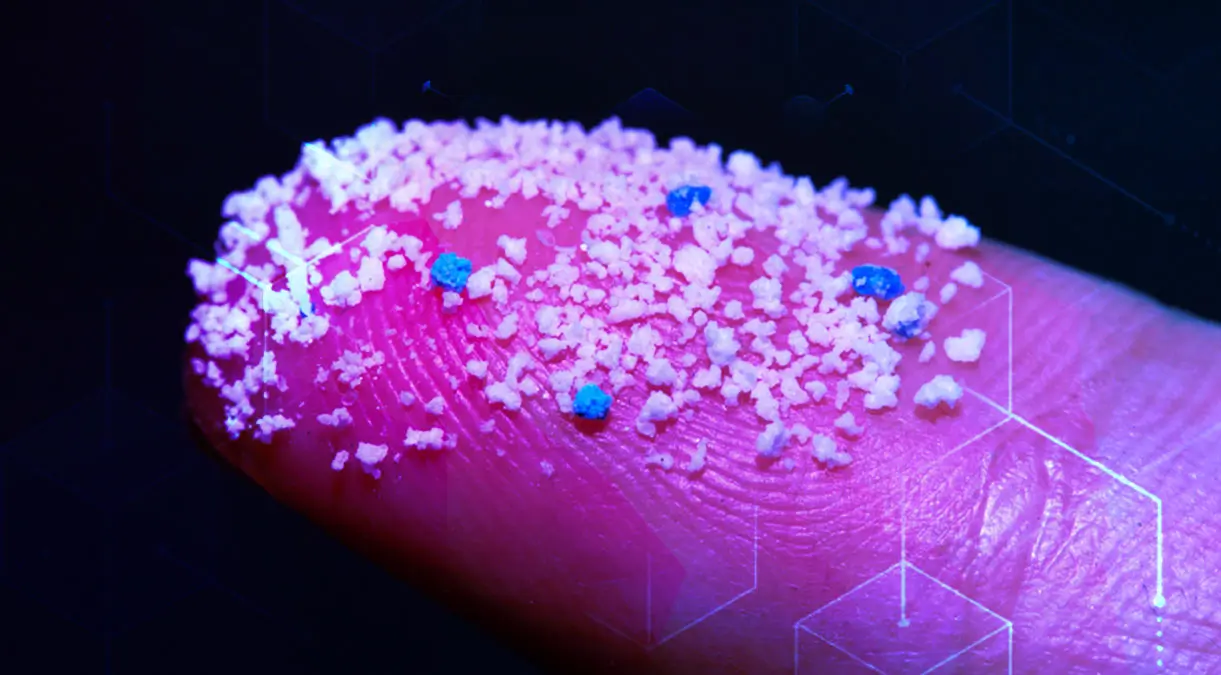Microplastics are a major concern for the environment and human health as they can persist for hundreds of years and are widely dispersed in the air, water, oceans, rivers, and soil and have been shown to accumulate in the bodies of marine animals and humans. Microplastics are small plastic particles, measuring less than 5 millimetres in size, that are found in the environment as a result of the breakdown of larger plastic items or from the production of microbeads (tiny plastic beads) in personal care products. There is limited research on the effects of microplastics on human health, but some studies have suggested that they can cause harm to the digestive and reproductive systems, and may also contribute to the development of cancer.
More research is needed to fully understand the extent and mechanisms of harm caused by microplastics and hot liquid consumed from disposable paper and plastic cups, and plates. The effects of microplastics on human health are not yet fully understood, but studies have shown that microplastics can act as carriers for toxic chemicals, such as persistent organic pollutants (POPs), which have been linked to cancer and other health problems. Microplastics can also physically damage tissues and organs, leading to inflammation and other health issues.
- Potential solutions of microplastics: To reduce the risk of microplastics, it is essential to reduce the amount of plastic waste in the environment. This can be done by increasing recycling efforts and encouraging the use of more sustainable materials. For example, many cities and countries have banned single-use plastic bags, straws, and other items in an effort to reduce plastic waste. Some companies have begun to phase out the use of microbeads in personal care products, and are instead using natural alternatives, such as ground nut shells or salt.
Microplastics and adulteration in food are two environmental factors that have been linked to an increased risk of cancer. While the effects of these factors on human health are not yet fully understood, it is clear that action must be taken to reduce exposure and mitigate the risks. Reducing the impact of microplastics on human health and the environment is to reduce the amount of plastic that is produced and discarded. This can be achieved through measures such as reducing the use of single-use plastics, promoting the use of reusable products, and ensuring that plastic waste is properly managed and disposed of.
While the link between microplastics and cancer is not fully understood, reducing exposure to microplastics and other toxic substances is an important step in reducing the risk of cancer and other health problems. By implementing solutions such as reducing plastic waste, using more sustainable materials, increasing oversight and regulations of the food industry, and purchasing organic and locally-sourced foods, we can work to protect ourselves and the environment from the negative impacts of microplastics and adulteration in food.

Article last updated on 5th June, 2023
By Rajdeep Dam


Leave a Reply